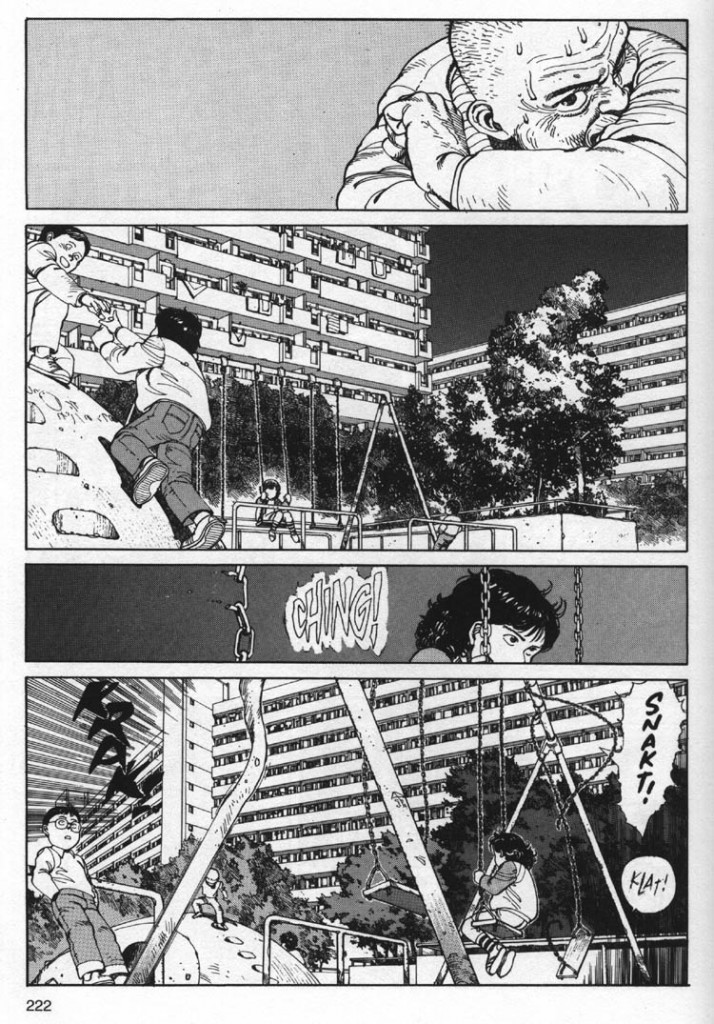 There are two things to know about Bride of the Water God before you begin reading: first, the artwork is stunningly beautiful, and second, the story takes frequent, confusing detours that are almost impossible to explain, given what we know about the characters. If you find yourself vacillating between “Oh, so pretty!” and “Sweet Jesus, that makes no sense!”, know that you’re not alone.
There are two things to know about Bride of the Water God before you begin reading: first, the artwork is stunningly beautiful, and second, the story takes frequent, confusing detours that are almost impossible to explain, given what we know about the characters. If you find yourself vacillating between “Oh, so pretty!” and “Sweet Jesus, that makes no sense!”, know that you’re not alone.
The story begins with a human sacrifice. In a rural village plagued by drought, town elders try to appease Habaek, the water god, with an offering of a “bride.” They place Soah, a stoic young beauty, in a leaky boat and set her adrift on a nearby lake. Instead of drowning, however, Soah washes ashore in the enchanted kingdom of Sugok, home of the water god. Habaek reveals himself to Soah not as the grotesque, man-eating creature she imagined he would be, but as a ten-year-old boy who presides over a lively court of deities. As she begins to explore Habaek’s sprawling palace, her initial relief turns to fear: Nakbin, Habaek’s previous wife, died under mysterious, possibly violent, circumstances that no one will discuss openly.
…

 The very first Sinfest strips tell you everything you need to know about Tatsuya Ishida’s cheeky yet surprisingly reverential comic. In them, we see a young man seated at a table across from the Devil, negotiating a contract that would enable him to enjoy — among other perks — a “supermodel sandwich” in exchange for his soul. The transaction isn’t taking place in an office or the gates of Hell, however, but, in a hat tip to Charles Schulz, at a jerry-rigged booth that’s a shoo-in for the one Lucy van Pelt used to dispense nickel-sized bits of wisdom to the Peanuts gang.
The very first Sinfest strips tell you everything you need to know about Tatsuya Ishida’s cheeky yet surprisingly reverential comic. In them, we see a young man seated at a table across from the Devil, negotiating a contract that would enable him to enjoy — among other perks — a “supermodel sandwich” in exchange for his soul. The transaction isn’t taking place in an office or the gates of Hell, however, but, in a hat tip to Charles Schulz, at a jerry-rigged booth that’s a shoo-in for the one Lucy van Pelt used to dispense nickel-sized bits of wisdom to the Peanuts gang.

 HAUNTED HOUSE
HAUNTED HOUSE Revisiting
Revisiting 


 Forget what you know about the Russian Revolution. The real cause of the Romanov’s demise wasn’t growing unrest among the proletariat, the intelligentsia, or the military; nor the high cost of World War I; nor the famines of 1906 and 1911, but something far more sinister: vampires. At least, that’s the central thesis of Blood+ Adagio, a prequel to the popular anime/manga series about an immortal, vampire-slaying schoolgirl and her handsome, enigmatic handler. The first volume of Adagio transplants Saya and Hagi from the steamy jungles of present-day Okinawa and Vietnam — where they’ve battled US military forces and the myserious Cinq Flèches Group — to the chilly halls of Nicholas II’s Winter Palace in St. Petersburg — where they discover a nest of Chiropterans (a.k.a vampires who are more beast than bishie) as well as a host of schemers, sycophants, and crazy folk in the tsar’s orbit. Let the slayage begin!
Forget what you know about the Russian Revolution. The real cause of the Romanov’s demise wasn’t growing unrest among the proletariat, the intelligentsia, or the military; nor the high cost of World War I; nor the famines of 1906 and 1911, but something far more sinister: vampires. At least, that’s the central thesis of Blood+ Adagio, a prequel to the popular anime/manga series about an immortal, vampire-slaying schoolgirl and her handsome, enigmatic handler. The first volume of Adagio transplants Saya and Hagi from the steamy jungles of present-day Okinawa and Vietnam — where they’ve battled US military forces and the myserious Cinq Flèches Group — to the chilly halls of Nicholas II’s Winter Palace in St. Petersburg — where they discover a nest of Chiropterans (a.k.a vampires who are more beast than bishie) as well as a host of schemers, sycophants, and crazy folk in the tsar’s orbit. Let the slayage begin!







